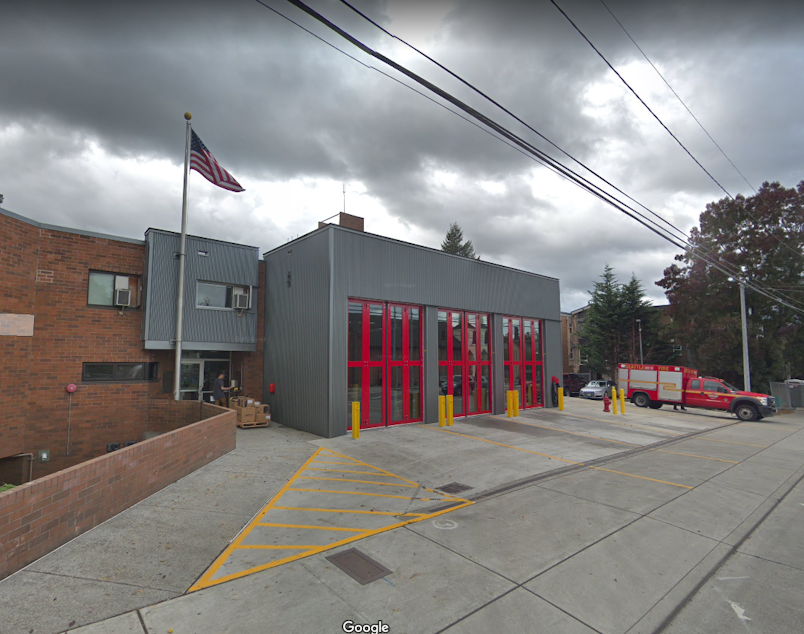Mold found at Seattle fire station where firefighters have had cancer

A north Seattle fire station was closed on Tuesday due to the possible presence of a dangerous mold at the station.
Testing, conducted by the firefighters union, revealed the presence of mycotoxins, a byproduct of some molds that can result in acute or long term health issues, including cancer. The union shared testing results with city officials, who responded promptly, said union president Kenny Stuart.
Stuart said Station 31, based in Northgate, has had environmental problems for about 15 years and that firefighters believe, based on anecdotal evidence, that there was a cluster of cancer and other diseases that presented in those who worked at Station 31 in the early 2000s.
A joint statement from Mayor Jenny Durkan and Seattle Fire also referenced the cancer rates at Station 31.
“Due to the incidences of cancer among firefighters who have worked at Seattle Fire Station 31 at some point in their careers, the Seattle Fire Department and Local 27 Seattle Fire Fighters Union have been working with the Fred Hutchinson Cancer Research Center to research firefighter cancer rates for current and retired firefighters who have worked at that station,” the statement said.
The 12 firefighters based at the Northgate station were removed from the station, and the city brought in two companies to do additional testing, one that specializes in industrial hygiene and another that will focus specifically on mycotoxins. Testing will include both surface and air sampling, according to Seattle Fire.
While Station 31 is closed, its units will respond to 911 calls from the fire stations closest to it. This includes the 12 firefighters and the station's apparatuses: an engine, a ladder truck, an aid unit and a medic unit, according to Seattle Fire.
A spokesperson for the City of Seattle said by email that Station 31 was tested in 2004 and then again in 2016 in response to firefighter concerns regarding cancer. “Both of these rounds of testing showed results that were normal and typical for an indoor environment,” said Cyndi Wilder by email.
When asked how often testing occurs at stations, Wilder said “buildings are tested when there is a concern, and testing focuses on that concern.”
Carbon dioxide was found in the group bunk room in 2016 and 2018. The records say that the amounts detected both years were below regulatory levels, but were enough to create “stuffiness.” The records say a ventilation fan was to be installed in 2019.



